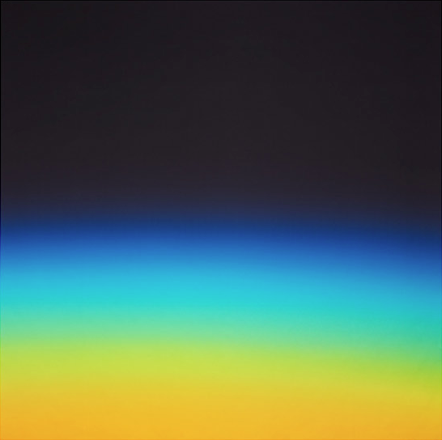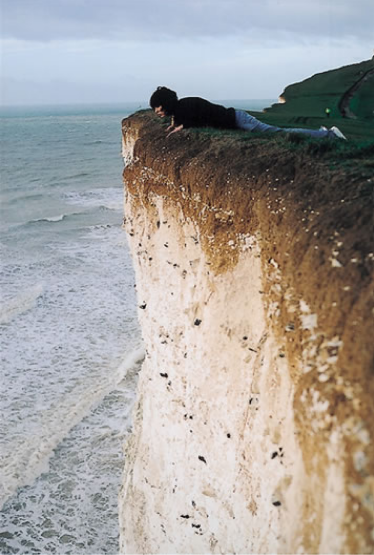Photos from 'Still Water (The River Thames, for Example)' by Roni Horn, featuring photos of the River Thames at different points. These are all very abstract, and some don't even look like water, but it's quite cool the way they are all from the same river.
"My gaze alights on the water, on this spot on the river, here where the water is turning around, where the currents turn the water in tightening circles. I can't turn away. I want to feel time twist as I watch these spirals forming. I want to feel time twist and myself turning as I watch them disappear. I want to twist with the turning water. I want to watch these spirals turn themselves invisible. I want to watch them turning from the surface, turning down into the depths where I cannot see them. I want to turn invisible with them. I want to turn with them, invisible and keep turning."
"Black water is opaque water, toxic or not. Black water is always violent. Even when slow moving, black water dominates, bewitches, subdues. Black water is alluring because it is disturbing and irreconcilable. Black water is violent because it is alluring and because it is water."
"Water is lubricant to other places. It dilutes gravity when you're in it. It reduces friction when you're around it. Almost any form of water—rivers, lakes, oceans, even sinks—will do. My mind roams freely, breezily near it. My thoughts take me backward and forward. Time has no direction near water."
"Water is lubricant to other places. It catalyzes memory and aspiration. This water exists in monolithic, indivisible continuity with all other waters. No water is separate from any other water. In the River Thames, in an arctic iceberg, in your drinking glass, in that drop of rain, on that frosty window pane, in your eyes and in every other microcosmic part of you, and me, all waters converge."

















































